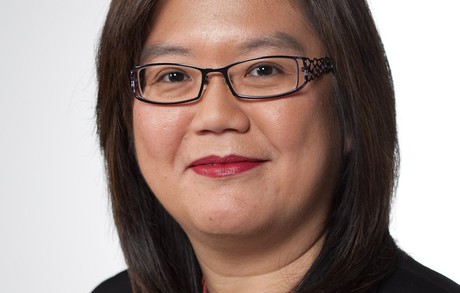Are female CIOs more risk-aware than males?
By Poh-Ling Lee, Executive Partner, Gartner Executive Programs
Monday, 24 August, 2015

While there are more similarities than differences in the responses of men and women in the Gartner 2015 CIO Survey, there are also a number of notable differences, indicating that female CIOs show more adaptability in their leadership roles than do their male counterparts.
While a large majority of all CIOs believe that the digital world is creating new and additional risks in their environment, women are significantly more likely to express concern that investments in risk management and risk management practices are not keeping up with new and higher levels of risk. This difference is more pronounced when the CIO reports to the CEO, with female CIOs even more likely than their male counterparts to agree that the enterprise approach is not keeping up.
For the second year in a row, women CIOs are expecting greater budget increases than men. While it’s not entirely clear why this difference exists, they do appear to be more concerned about under-investment in risk initiatives. The risk data, combined with budget numbers, may indicate that they are more focused on the resource side of the digital equation and are, therefore, requesting and accumulating more IT budget.
The top five technology priorities identified in Gartner’s CIO survey this year are the same for male and female CIOs — with minor variations in order — reflecting a shared focus on analytics, infrastructure and data centre, cloud, ERP and mobile technologies. For good or bad, women and men view the top priorities virtually identically. From our past research, variations in top priorities by gender could often be attributed to significant differences in the industries where male and female CIOs worked. However, more recent data shows little difference in the gender dispersion of CIOs across industries, which may account for the consistency in prioritisation.
There are a few other notable similarities between both genders, particularly their desire to lead as a digital business, as well as to change their leadership style from commanding to visionary.
The good news for CEOs who are hiring or working with CIOs today is that they can be confident that gender will play no major role in how they view overall technology priorities. Both genders can rest assured that they are consistent with other CIOs in the industry. At the same time, both men and women should challenge their view of the priorities and ask themselves if they are going far enough out of the box to provide digital competitive differentiation to their enterprises.
The hope and vision for the leadership of IT organisations, and women in general, is that they view CIO roles as an opportunity to lead people-orientated businesses with diversity of views, solving complex real-world problems with technology.
Five IT trends that will define 2026: building a smarter, more resilient digital enterprise
The coming year will bring an intelligent, automated and highly distributed IT ecosystem grounded...
Cybersecurity is the engine, not the brake, for Australia's AI ambition
Cybersecurity must be the enabling engine that validates and accelerates AI initiatives.
Avoiding the AI bottleneck: why data infrastructure matters for high-performance ambitions
In Formula 1, championships are won not by the teams with the biggest engines, but by those who...







